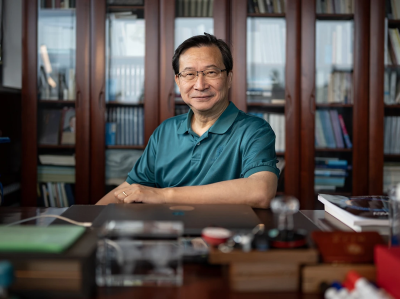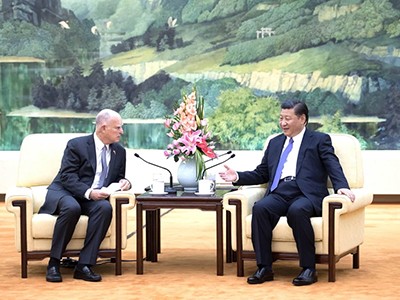Two conversations have stayed with me over the past 25 years. Around 2001, a European Union official in Beijing — where I was then a UK diplomat — told a group of us that the reason countries such as Germany, France and the United Kingdom were allowing technology transfer to China was to see a day when the nation could return the favour. And, in 2017 in Austria, a retired UK security official stated wearily that if there was one constant in policymaking towards China, it was to perpetually be five to ten years behind the times.
How China can become a biotechnology superpower
Those points resonate in 2025. China has become an important player in research and development (R&D). Yet, most of the outside world has still not woken up to this fact.
On 23 October, China’s Communist Party announced that, for the next five years, it will focus on “high-quality development” with “innovation as the fundamental driving force”. This will require, it says, “substantial improvements in scientific and technological self-reliance and strength” (see go.nature.com/4ahcvj8). Policymakers should take this statement seriously for three reasons.
First, China has an incentive. At a meeting a few days later, Chinese President Xi Jinping and US President Donald Trump agreed to halt their tariff wars and trade skirmishes. But China knows that its technological dependence on the United States and others is a vulnerability, and that it needs to become autonomous.
Second, it is not just words but hard cash that the Chinese government is committing to achieving its goals. The nation’s R&D investments increased nearly sixfold between 2007 and 2023, overtaking the EU’s and coming close to US figures (see go.nature.com/4a2xres). The latest plans indicate that this trend is set to continue.
Chinese scientists increasingly lead joint projects with the UK, US and Europe
And third, China has the human capital, too. In 2020, the nation produced 3.6 million graduates in science, technology, engineering and mathematics (STEM), compared with 2.6 million in India and 820,000 in the United States (see go.nature.com/4ppekyx). And, in 2022, some 50,000 people in China graduated with STEM PhDs, compared with 34,000 in the United States (see go.nature.com/4iedi4z). China’s leading universities, including Fudan in Shanghai and Tsinghua in Beijing, rank highly on global lists.
Over the past half-century, China’s development was achieved mainly by 250 million labourers moving from rural areas to urban ones, making the country the ‘factory of the world’. By contrast, going forwards, it will be young Chinese scientists who will drive progress.
A powerful example is the unexpected January release of DeepSeek, an app based on artificial intelligence developed by a 200-strong technology company in Hangzhou. Despite criticism that DeepSeek has a lower capacity than other AI models, the firm’s proof that China could produce its own AI systems provided a powerful symbolic moment.
How provinces and cities can sustain US–China climate cooperation
Chinese leaders admit that their country has a long way to go. But it would take a brave person to dismiss China’s chance of achieving its goal of becoming a technological superpower by 2035. That is why it is important for other governments to engage with China effectively.





